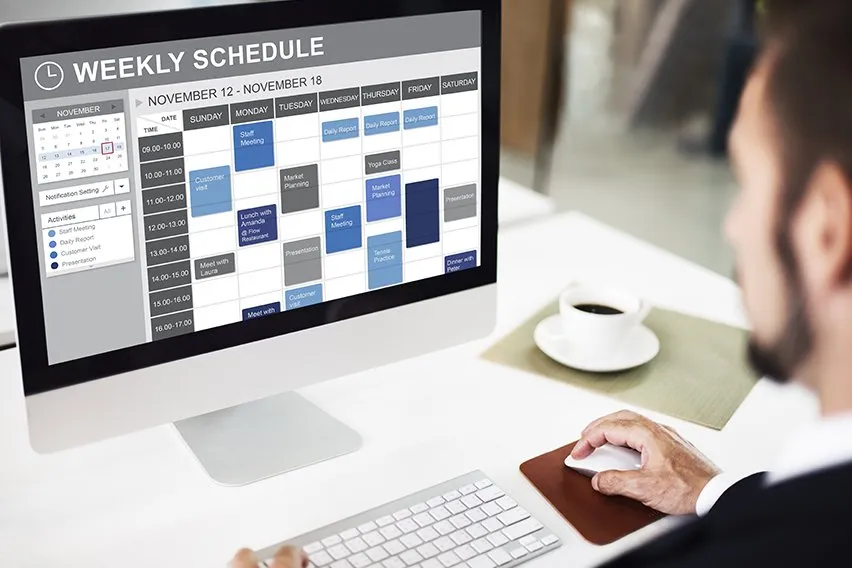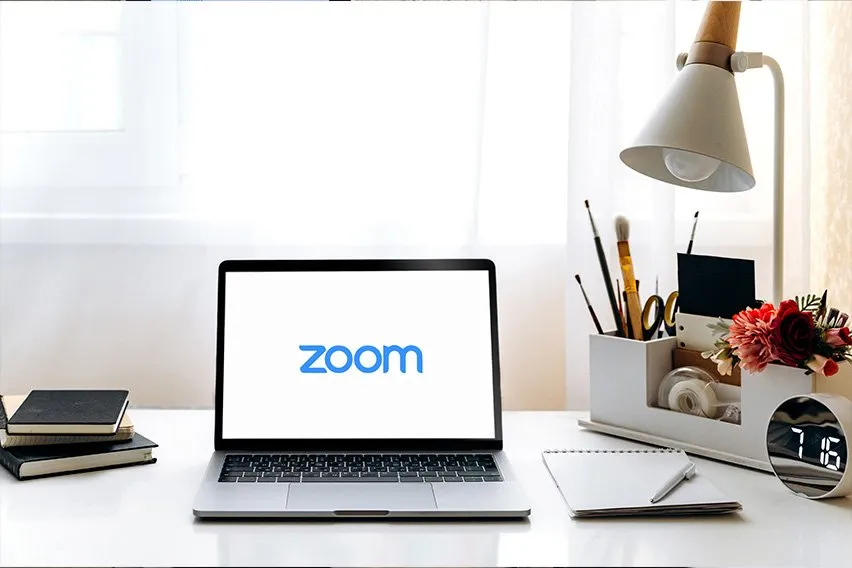How to Make a Business Plan: A Comprehensive Guide

So you have a great business idea. But how do you make a great business plan?
Not all good businesses start with a business plan. But that doesn’t mean there isn’t a huge amount of value in creating one.
Many business founders find value in taking the time to really hone in on their idea and thoroughly research the market they’re hoping to enter.
They’re also a great way to set long-term goals to keep your business viable.
We know there’s nothing worse than staring at a blank page. So we’ll break down what makes a solid business plan to help you on your way to creating your dream business.
Here’s What We’ll Cover:
Why Should I Write a Business Plan?
What Is a Business Plan?
A business plan is a mission statement that the business owner puts together to describe their idea.
It lists all of the relevant details that potential investors would want to know.

Why Should I Write a Business Plan?
You’ll often see business plans associated with getting a business loan.
This is because business plans are an easy way for potential investors to evaluate the feasibility of a business before helping fund it.
Even though this is often the case, some people think a business plan is just a way to secure funding. It can be seen as a pitch full of fantasies and unrealistically high profit margins.
However, a business plan is as much to do with convincing yourself of your business as it is with other people.
No matter what type of business you intend to make, a thorough, well-thought-out business plan is key. It can help you identify and lock down your business strategy and tackle potential problems. It’s also useful to plan out what you’ll need financially and check the viability of your idea.
Business plans are also a useful tool when it comes to recruiting and enticing potential business partners.
A business plan is one of the easiest ways to portray your vision to potential new hires or companies you’re interested in collaborating with.
Your business plan will be able to show them a clear overview of what you envision your business being. It’s also great for showing what your growth strategy is and the market you’ll be targeting.
This makes it much easier to build their confidence in the idea and see if it’s a good match for what they are looking for.
So now that you understand what a business plan is and why it’s important to create one, let’s discuss how to actually write one.
How to Make a Business Plan
There isn’t one single way to write a business plan, but most plans tend to follow the same rough narrative and set of rules. We have a free business plan template you can download for building out your own.
Below are the steps we feel are most important.
Step One: Executive Summary
The executive summary’s purpose is to concisely summarize everything that you’ve laid out below in your business plan.
Think of it as the back cover of a book, if the blurb sounds interesting you will want to read on. If it sounds dull and uninteresting, you most likely will stop reading.
That’s why it’s such a key part of your plan.
You don’t want to be too long-winded so don’t write more than a page. You want it to be short, snappy and leave the reader wanting to know more.
Step Two: Company Description
As the title suggests, this is where you describe your company.
Who are you? What makes you different? What are you planning to do?
This is an introduction to you, your business and why you’re in the field you’re in. Think of it as a chance to sell you as well as your business. After all, it is a package deal.
If your business plan isn’t for investors and is just for you, don’t skip this stage. Identity in business is important. It helps ground you and your business and helps build your brand.
Market Analysis
It’s vital that you understand your market.
Your product needs to match your audience. After all, it’s your target market that will make or break you as a business.
If you spot a gap in your market and manage to fill it, you’ll be far along the road to success.
Timing is also a key issue, sometimes you have everything else in place but you’re either too early or too late.
That’s why it’s so important to heavily research your market so you can make the biggest impact possible.
Management and Organisation
This section of the business plan should tell the reader about who is running the business. It’s a great chance for your readers to see what a great team you have assembled, or plan to assemble.
Make sure to include the skill sets, roles and responsibilities of each member. It’s also good to communicate how each person involved will contribute to the success of your business.
Products and Services
If this is the first time you’ve mentioned your products or services, you’re on the wrong track.
However, this is a great chance to go into far more detail about what you will be providing.
If you have a lot of items, you don’t have to go through every single one in fine detail. It’s perfectly fine to give a general overview.
But if you only provide a few products or services, it’s best to give as many details as you feel is necessary to properly convey their worth.
This is also a great chance to talk about how you source your products. Are they handmade? Are they eco-friendly?
Key buzz words and phrases like these are guaranteed to attract attention.
Customer Segmentation
Customer segmentation is the process of separating your potential customers into groups based on common characteristics. This is done so companies can market to each group appropriately.
Your target market is one of the cornerstones of your business plan.
Most companies will create an ‘ideal customer’, and create a backstory for them. They will describe where they live, their age range, level of education, how much they earn and many other details.
This is so that you can make it crystal clear exactly who you are trying to sell your product to, and why you believe they will buy it.
It also shows that you understand your target market, as there is nothing worse than not knowing who you are trying to sell to.
Marketing Plan
Now that you’ve laid out what your market is and who your ideal customer is, it’s time to show how you are going to target them with your marketing plan.
Here you will lay out your marketing strategy and your price points. You should also show how you intend to promote your business or product and it’s also a good idea to show your geographical targeting.
It’s important to show how much your product will cost and why you have made that decision. Being able to show a healthy price point that has a realistic and sustainable profit margin is a key element in any effective business plan.
Pricing things too high or low can lead to disastrous results. This is because customers either won’t want to buy your product due to the high price, or the price will be so low that you’re not making any profit.
Promoting your business is also key. Many businesses around the world attract huge attention on social media sites such as Instagram or TikTok. So it makes sense to include whether these platforms are viable for your audience.
Logistics and Operations Plan
If you’re writing your business plan for yourself, it’s still important to include this section, but feel free to not include the same level of detail.
If it’s for investors, this is a key part as it shows whether your ideas can become a reality.
Here you will want to outlay who your suppliers will be and what the production process is. It’s also where you can show what your facilities are, what equipment you need, your shipping process and how you will house your inventory.
This section needs to be full of detail as it will show the reader that you have a solid understanding of your supply chain. It’s also important to show you have a strong backup plan to cover for any potential setbacks.

Financial Plan
You could have the best, most exciting business plan in the world but if your numbers don’t add up, you are doomed to fail.
At the end of the day, a business needs to make money.
Running out of money is a small business’s biggest risk. According to a U.S. Bank study, 82% of small businesses fail because of poor cash flow management and understanding.
That is why it is vital to show a detailed understanding of your financial situation.
You’ll want to include three major overviews of your financials: an income statement, a balance sheet and a cash-flow statement. It would also be ideal to include your financial projections for the next year, five years, and ten years.
Key Takeaways
According to data from the U.S. Bureau of Labor Statistics, around 20% of small businesses fail within the first year. But by the end of their fifth year, roughly 50% have gone down.
Why is that?
Most businesses fail because of money running out. They also fail due to being in or targeting the wrong market, a lack of research, poor marketing and not being well versed enough in the industry.
Almost all of these reasons can be ironed out with a solid business plan.
When starting a business, make sure you set achievable goals. Research your market to within an inch of its life. Be realistic about your short-term and long-term success.
If you follow the above steps, you’ll be one step closer to creating a successful business.
The best way to avoid failure is to plan.
Are you looking for more business information on everything from starting a new business to new business practices?
Then check out the FreshBooks blog for hundreds of helpful articles that are guaranteed to give you a helping hand in your business.
RELATED ARTICLES


 The 5 Best Free Online Planners
The 5 Best Free Online Planners 6 Best Free Timeline Makers
6 Best Free Timeline Makers 8 Best Inventory Management Software for Small Businesses
8 Best Inventory Management Software for Small Businesses Inventory Management System – Complete Guide
Inventory Management System – Complete Guide What is ERP (Enterprise Resource Planning)?
What is ERP (Enterprise Resource Planning)? Essential Tools to Help You Work Remotely
Essential Tools to Help You Work Remotely